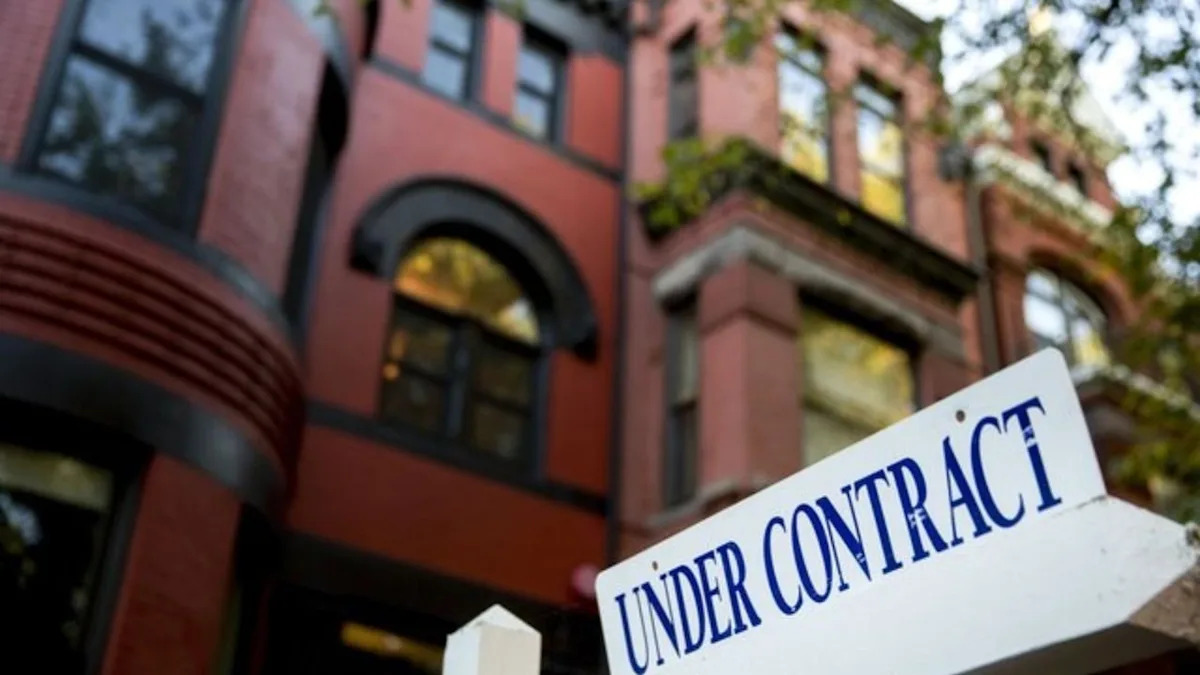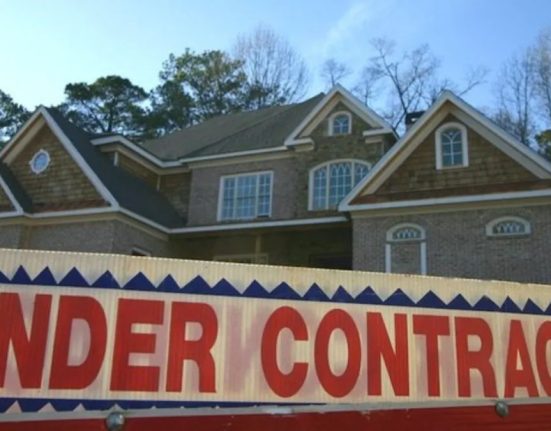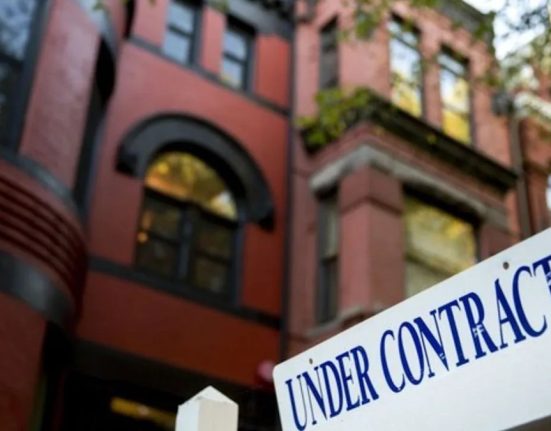The number of people securing a home loan increased 10.9% for the week ending Aug. 8, according to the Mortgage Bankers Association. This marks the second week in a row the demand for mortgage applications grew.
The surge in applications comes as the mortgage interest rate on a 30-year fixed home loan was 6.63% for the week ending Aug. 7, according to Freddie Mac. That rate ticked lower from the week prior when the rate was 6.72%.
The Market Composite Index, a measure of mortgage loan application volume, increased 10.9% on a seasonally adjusted basis from a week earlier. On an unadjusted basis, the index increased 10% from one week prior.
The refinance index also increased 23% from the previous week and was 8% higher than the same week a year ago.
The seasonally adjusted purchase index increased slightly by 1% compared to the previous week. The unadjusted purchase index increased 1% compared to the prior week and was 17% higher than the same week a year ago.
Homeowners refinancing increased to 46.5% of total applications from 41.5% one week earlier. The adjustable-rate mortgage (ARM) share of activity increased to 9.6% of total applications.
For the another straight week, Federal Housing Administration loan applications decreased 18.4% from 18.5% the week prior.
Veterans Affairs loan applications increased to 14.2% from 13.3% a week ago. USDA loan applications remained unchanged at 0.5%.
“The 30-year fixed mortgage rate declined to 6.67 percent last week, which spurred the strongest week for refinance activity since April. Borrowers responded favorably, as refinance applications increased 23 percent, driven mostly by conventional and VA applications,” said Joel Kan, MBA’s vice president and deputy chief economist.
“Refinances accounted for 46.5 percent of applications and as seen in other recent refinance bursts, the average loan size grew significantly to $366,400. Borrowers with larger loan sizes continue to be more sensitive to rate movements.”

Home loan applications increased from the week prior.
Contract rates
The average contract interest rate for 30-year fixed-rate mortgages with conforming loan balances ($806,500 or less) decreased to 6.67% from 6.77% with points increasing to 0.64 from 0.59 (including the origination fee) for 80% loan-to-value ratio (LTV) loans. The effective rate decreased from last week.
The average contract interest rate for 30-year fixed-rate mortgages with jumbo loan balances (greater than $806,500) increased to 6.70% from 6.65%, with points decreasing to 0.56 from 0.59 (including the origination fee) for 80% LTV loans. The effective rate increased from last week.
The average contract interest rate for 30-year fixed-rate mortgages backed by the FHA decreased to 6.40% from 6.47%, with points decreasing to 0.77 from 0.81 (including the origination fee) for 80% LTV loans. The effective rate decreased from last week.
The average contract interest rate for 15-year fixed-rate mortgages decreased to 5.93% from 6.03%, with points decreasing to 0.63 from 0.66 (including the origination fee) for 80% LTV loans. The effective rate decreased from last week.
The average contract interest rate for 5/1 ARMs decreased to 5.80% from 6.06%, with points increasing to 0.67 from 0.49 (including the origination fee) for 80% LTV loans. The effective rate decreased from last week.
“Given the relative attractiveness of ARM rates compared to fixed rate loans, ARM applications increased 25 percent to their highest level since 2022, and the ARM share of all applications was almost 10 percent,” added Kan. “However, lower rates were not enough to entice more homebuyers back into the market, as purchase applications were only up around one percent over the week, although still stronger than last year’s pace.”
Mortgage rates calculated
Mortgage rates are calculated by various factors in the economy, and the length of your loan will also figure into the mortgage rate you qualify for.
The 30-year mortgage rate is tied to the yield of the 10-year Treasury note, according to Fannie Mae. As the yield on the 10-year Treasury note moves, mortgage rates follow.
The yield on the 10-year Treasury note is determined by expectations for shorter-term interest rates in the economy over the duration of a bond, plus a term premium.






